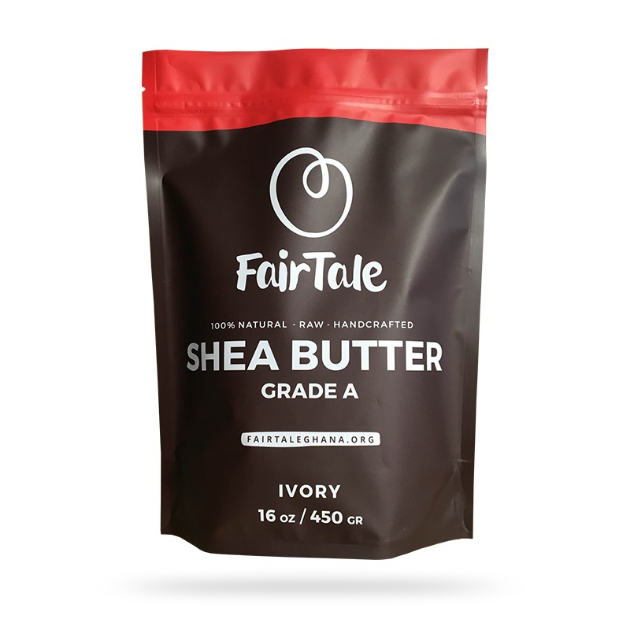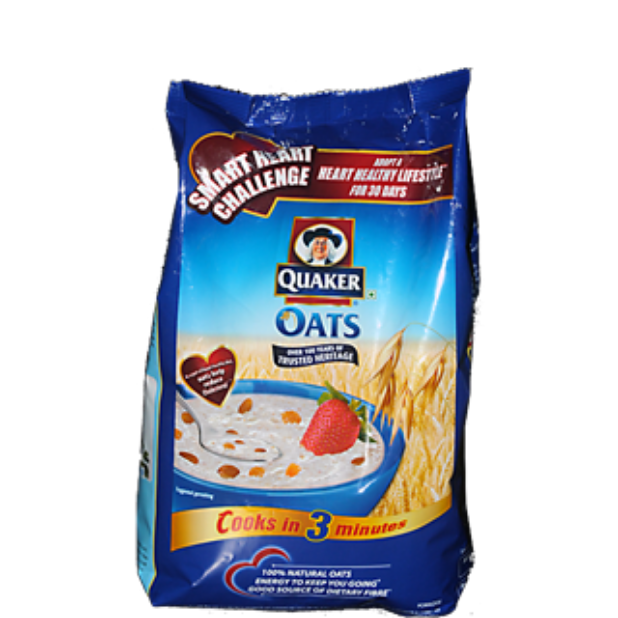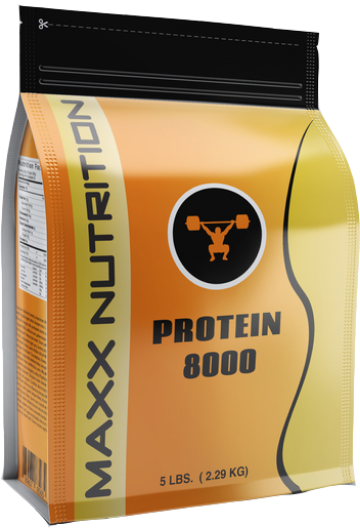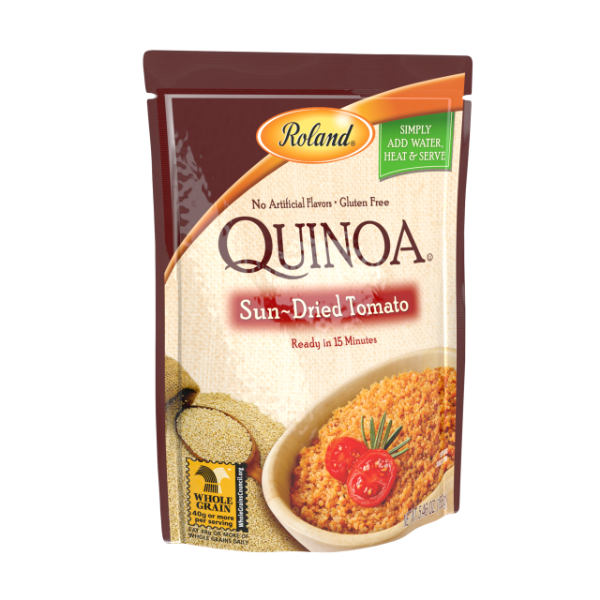
It is important to seal your stand up pouches effectively once you've received them in the mail. To do this, you need a heat sealer, which uses heat to seal plastic together. We highly recommend you spend the time to choose the right method for heat sealing your particular product and application.
How Do I Find the Right Heat Sealer?
First, you need to know what material your bags are/will be made from. Second, you need to know the size of this material (its thickness and width). Then you'll need to have an idea of how fast you want to seal and how many pouches per minute you want to seal as well. There are different types of heat sealers, and as a rule of thumb, the faster and more automated a heat sealing process you want, the more expensive the heat sealer will be.
Types of Heat Sealers
Your two main heat sealers are impulse heat and direct heat. An impulse packaging sealer does not require any warming up; using an impulse heat sealer sends a pulse of energy to the material and then cools it. It works best with materials like Mylar, foil, nylon, polyethylene, and etc. Direct heat sealing uses power the whole time it is turned on, allowing heat to build up. This is better for thicker materials like coated foil, Mylar, cellophane, gusset bags, etc. An impulse packaging sealer requires less power and therefore tend to less expensive, but direct heat ones are better for heavy duty sealing.
Choosing the Right One
Don't get stuck with a full case of pouches and no method to heat seal them. Check out some different models of stand up pouch heat sealers today! We have several models in our ecommerce store to choose from.





